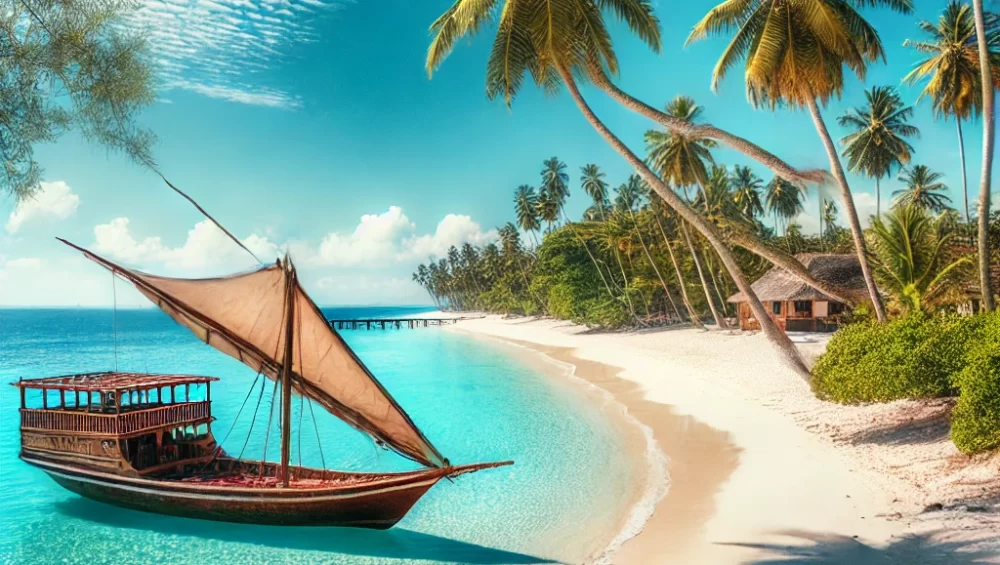Zanzibar, an archipelago off the coast of Tanzania, is not just a picturesque destination with stunning beaches and turquoise waters; it’s also a vibrant melting pot of cultures and flavors. Known as the Spice Island, Zanzibar has a rich history as a center of the spice trade, influencing its culinary landscape and cultural heritage profoundly. A journey here offers a deep dive into a world where every meal and every street corner tells a story of convergence and diversity.
1. Exploring the Spice Farms
A tour of Zanzibar’s spice farms is an essential experience for understanding the island’s soul. Visitors can walk through lush, fragrant plantations of cloves, nutmeg, cinnamon, and black pepper—spices that once drove the global economy and drew merchants from around the world to this small island. These guided tours not only explain the growth and processing of spices but also provide a sensory experience; you can touch, smell, and taste different spices and fruits directly from the plants.
2. Savoring Swahili Cuisine
Zanzibar’s culinary offerings are a testament to its history as a crossroads of trade. Swahili cuisine is a rich blend of African, Arab, Indian, and Portuguese influences, creating a unique and flavorful dining experience. From street food stalls in Stone Town offering local delights like Zanzibar pizza and urojo soup to high-end restaurants serving sophisticated seafood platters, the culinary exploration here is endless. Don’t miss the chance to taste pweza (octopus curry) and biryani, dishes that encapsulate the island’s spice-infused traditions.
3. Cultural Heritage in Stone Town
Stone Town, the historical core of Zanzibar, is a UNESCO World Heritage site and a cultural gem worth exploring. Its narrow, winding alleys, intricately carved wooden doors, and bustling bazaars evoke images of a bygone era. Key landmarks such as the House of Wonders, the Old Fort, and the Slave Market provide insights into the island’s complex past. The blend of architectural styles reflects the various cultural influences that have shaped Zanzibar over the centuries.
4. Music and Dance
Music and dance are integral to Zanzibar’s cultural identity, with Taarab music being the most distinctive sound of the island. Influenced by Arabic, Indian, and African music, Taarab is a lyrical narrative that encapsulates the island’s multicultural history. Attending a live performance is a mesmerizing experience, where traditional instruments meet soulful lyrics in a setting often accompanied by graceful, rhythmic dance.
5. Artisanal Crafts and Shopping
No visit to Zanzibar is complete without a stroll through the local markets where artisans sell handmade goods ranging from intricate jewelry and baskets to vibrant textiles and wood carvings. These markets are not just places to shop but are vibrant arenas for cultural exchange and an opportunity to support local artisans.


